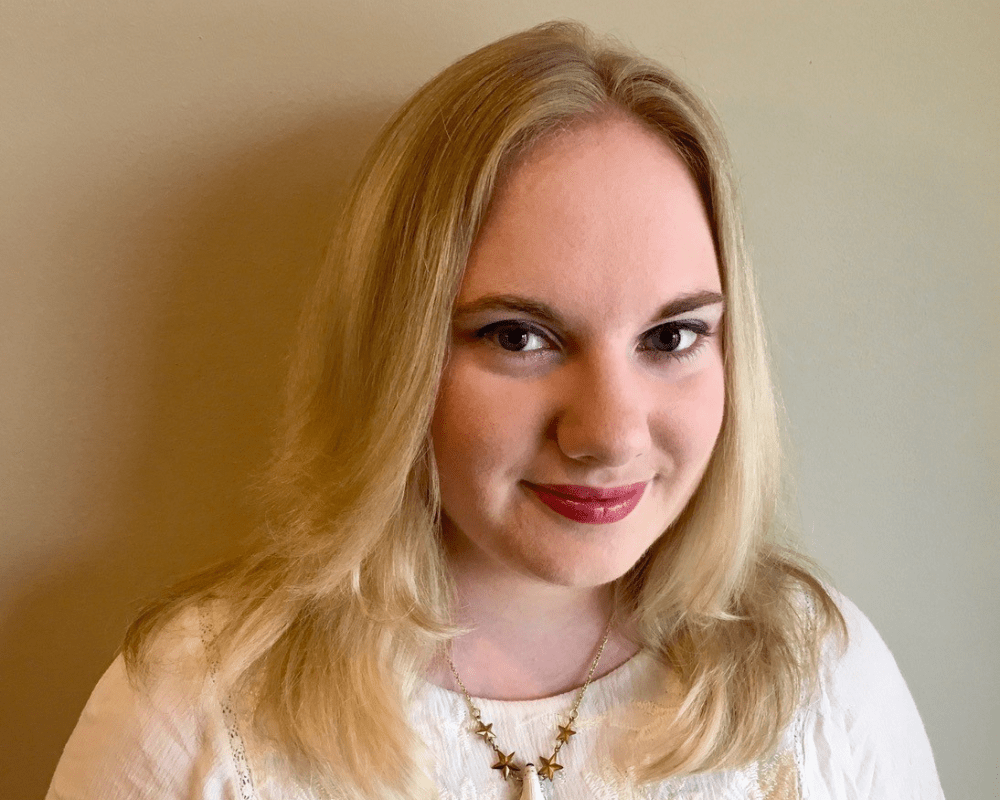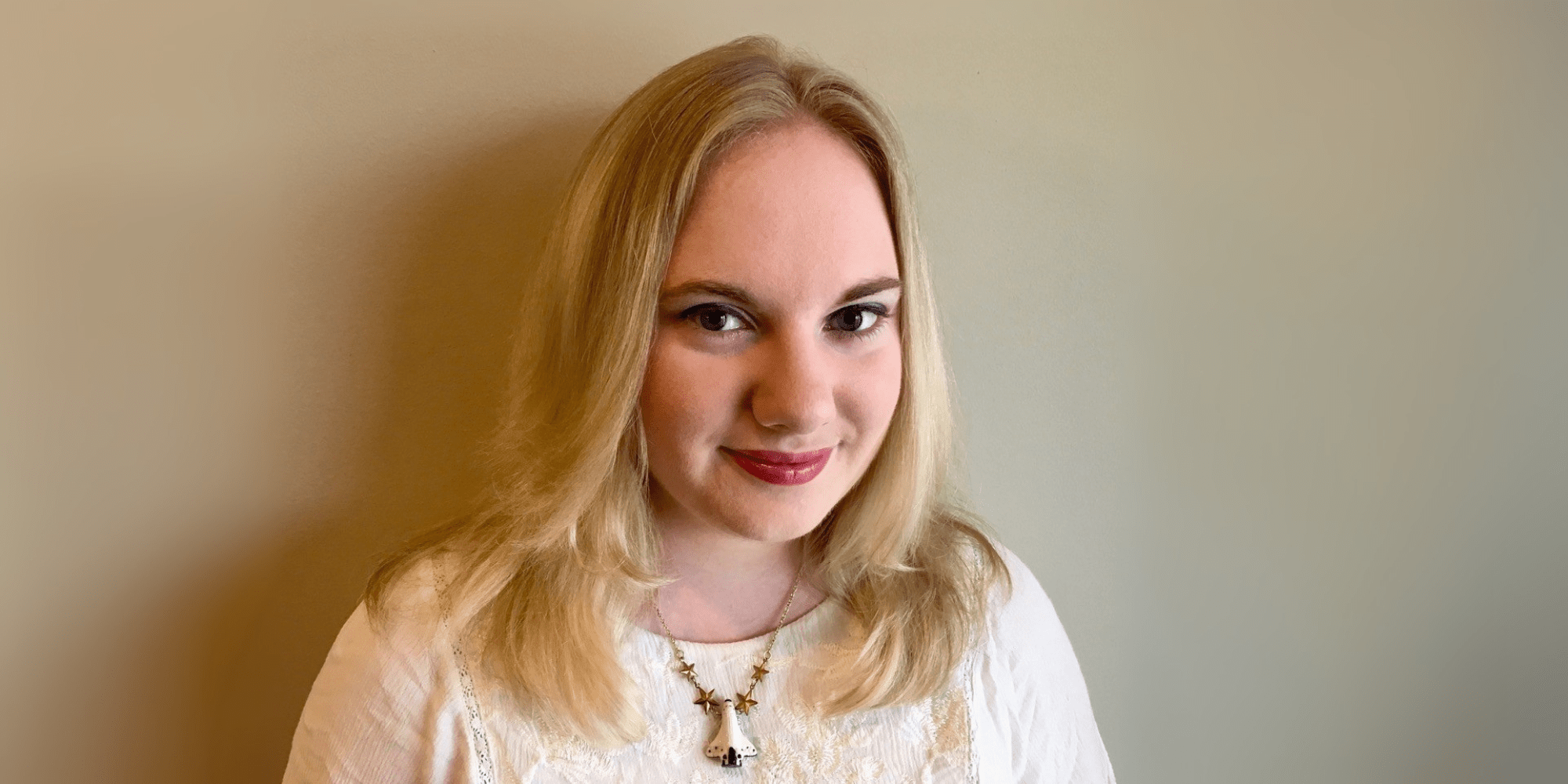

Reaching for the Stars: Women in Astronomy

We talked with Dr. Teresa Symons (‘14) to learn more about her path to becoming an astrophysics staff scientist at Caltech/IPAC. From watching Star Trek as a child to working on NASA’s Near-Earth Object Surveyor mission, Dr. Symons’ journey has been fueled by curiosity, resilience and a deep commitment to making space science more inclusive.
Can you describe your current role and what a typical day looks like for you?
I’m a staff scientist at Caltech within IPAC, which provides science operations, data archiving and community support for observatories in space and on the ground, partnering with NASA, the National Science Foundation (NSF), the Jet Propulsion Laboratory and astronomers worldwide.
I am the source detection and photometry scientist for NASA’s upcoming Near-Earth Object (NEO) Surveyor mission. I am responsible for NEO Surveyor’s ground-based processing software that detects and measures the brightness of moving objects like asteroids and comets. My days involve coding, testing and collaborating with my team as we prepare for a 2027 launch.
I also conduct independent research using data from the James Webb Space Telescope to measure the cosmic near-infrared background, which is made up of emission from all the galaxies outside of the Milky Way.
What inspired you to pursue a career in astronomy?
I have always had an interest in space and humanity’s passion for exploring. I love solving puzzles and figuring things out and have always had a desire to learn more about our universe. I grew up watching Star Trek and space shuttle launches on TV and visited NASA centers with my family so, by high school, I was considering pursuing science as a career. I attended a summer program at a university, which provided insight into what it means to be an astronomer and gave hands-on experience with telescopes and cosmology. After that program, I knew that I wanted to study space in college.
"I met so many amazing people at Embry-Riddle who, like me, loved space and were working towards careers in space and aviation. Pursuing technical degrees can be very challenging, but the collaborative and supportive community I found was key."
How did your time at Embry-Riddle shape your path in the field?
A lot of my peers were also focused on creative endeavors, which showed me that having creative pursuits outside of a career in science and engineering is possible, something I still see as true in my job today.
My minor in Communication and teaching in the writing center for four years gave me a strong foundation in journalism and technical writing. These skills not only helped prepare me for the writing I would do in graduate school and my career but also opened doors for career paths in science outreach and education. My education was especially useful during my time at Astrocamp in Idyllwild, California teaching physics, astronomy and engineering prior to pursuing my master’s degree.
What was your Ph.D. research focused on, and what did you find most exciting or challenging about it?
During my Ph.D. in Astrophysical Sciences and Technology at the Rochester Institute of Technology, I worked for the NASA mission SPHEREx, specifically on the part of the data analysis pipeline that estimates how the telescope responds to light from stars. It has been so rewarding to see SPHEREx launch this year and view the data it’s putting out knowing that it's making use of something that I worked on.
The larger part of my Ph.D. focused on measuring the cosmic optical background, which is made up of optical emission from all galaxies outside the Milky Way, using data taken by New Horizons not originally intended for that purpose. I loved getting to work through all the challenges associated with trying to repurpose data to expand the mission’s scientific output.
What do you love most about working in astronomy today?
I love that this job exists. There was a time when women were excluded from this field and, going back further, when astronomy was a hobby exclusively for the wealthy. There’s a reason why so many of today’s large and well-known telescopes are named for wealthy businessmen who were interested in astronomy. The fact that astronomy has become an accessible career path should not be taken for granted. My career has been made possible by significant public investment. I love that my career has been built on NSF data and NASA missions. I want all future students to continue to have access to these same opportunities.
Have you faced any unique challenges as a woman in the field of astronomy? How did you navigate them?
It is difficult to be what you can’t see. I was often the only woman in my bachelor’s and master's classes and didn’t meet a woman professor in my field until I attended the American Physical Society’s Conference for Undergraduate Women and Gender Minorities in Physics (CU*iP) during my junior year, a trip I organized and coordinated for students in the Physical Sciences department. It was empowering to be surrounded by women students and hear women professors talk about their own experiences in college and graduate school, work-life balance and having families.
Working with my M.S. advisor, a woman who had been in the field for four decades and had been one of only a handful of women getting a Ph.D. in astronomy in the U.S. when she started, was refreshing. It was incredible to learn about her experience, to learn how far women had come and see how far we still must go. Most women in the field strive to help those who come after and be who they needed to see growing up. Organizing the CU*iP trip and other opportunities at Embry-Riddle was my start at creating the future I want to see, and I continue these efforts today through advising.
What advice would you give to young women or students considering a career in astronomy or space science?
It’s impossible to give advice without acknowledging the challenges today’s students face. The field is experiencing unprecedented interest from students at a time when the number of available jobs in the field has decreased. I recommend getting involved in research early, applying for summer research opportunities, and considering a master’s degree to open other career pathways or stay competitive for Ph.D. admissions. Join student groups like the Society of Physics Students and attend conferences like CU*iP and the Physics and Astronomy Congress.
Is there a project, discovery or moment in your career that you’re especially proud of?
Finishing my Ph.D. was a huge milestone as there were many moments when I thought I would never get into graduate school, let alone get my degree. Additionally, I’m proud of the moments in my career when I’ve been able to make a difference for others, especially mentoring women. I’ve been able to impact a lot of lives on my journey from Embry-Riddle to now being a research advisor.
Who are some women in science who inspire you, and why?
I’m inspired by all the women who came before me and made it possible for me to be here. As we begin to give proper recognition to trailblazers like Dr. Vera Rubin (eponym for the Rubin Observatory) and Dr. Nancy Grace Roman (eponym for NASA’s upcoming Roman Space Telescope), there are still so many little-known, forgotten women who made incredible strides in astronomy, like Ruby Payne-Scott and Dr. Elizabeth Roemer.
I loved the film "Hidden Figures," featuring the contributions of Katherine Johnson, Dorothy Vaughan and Mary Jackson, and have the Women of NASA Lego set in my office featuring Margaret Hamilton, Dr. Mae Jemison, Dr. Sally Ride, and Dr. Nancy Grace Roman. Other astronomers who have inspired me include Dr. Jocelyn Bell Burnell, Dr. Jill Tarter and my M.S. advisor, Dr. Barbara Anthony-Twarog.
What’s next for you in your career or research?
I’m currently focused on getting NEO Surveyor ready for launch in 2027. I also plan to mentor future students and researchers and will continue advocating for astronomy as a field, for the value of astronomical careers and research opportunities for students as well as for the public good that NASA missions and research represent.
If you’re dreaming of a career in space science, explore our Bachelor of Science in Space Physics and discover how Embry-Riddle can help you reach for the stars.
Related Stories
 Forensic Psychology Student Sheds Light on Native American Cold Case Crisis
Forensic Psychology Student Sheds Light on Native American Cold Case CrisisEmbry-Riddle student Narayt Salcido recently attended the National Conference on Undergraduate Research to share her findings on the Missing and Murdered Indigenous People crisis.
 Reaching for the Stars
Reaching for the StarsBachelor of Science in Astronomy alumna Katie Casciotti reflects on her academic career at Embry-Riddle Prescott and boldly pursues her future.
 Astronomy Team Continues Quest to Uncover the Mystery of a Rare Star Class
Astronomy Team Continues Quest to Uncover the Mystery of a Rare Star ClassA student-powered study casts new light on the causes of a rare star’s evolutionary mystery.




